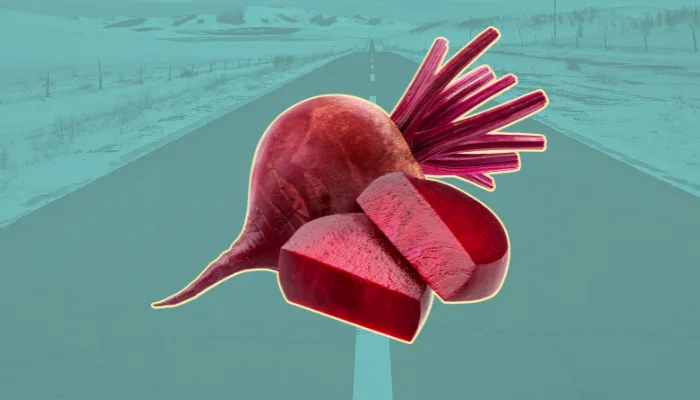
Salt, sand, and beets: What's the best de-icing method?
Can beet juice really be used as a de-icing method? Let's put it to the test.
Conventional solutions like salt and sand are used to pre-treat roads before they become dangerously slippery. But, the high use of road salts has been linked to environmental problems because salt contains high levels of chloride. About five million tonnes of road salts are used in Canada each year to mitigate ice and snow conditions on roads. However, almost all chloride ions from road salts eventually find their way into waterways, according to the Government of Canada.
Sand is another popular de-icing method used by many municipalities, used to increase friction between icy pavement and vehicles passing over. But, several studies and municipal evaluations have found sand to be relatively ineffective, according to Lake Simcoe Region, Conversation Authority. One of the main issues is that sand blows off the road with just a few vehicle passes at speeds over 40 km/hr. The biggest drawback is that many municipalities still mix sand with salt.
So, what about beet juice?
The beet juice blend works by lowering the freezing temperature of the brine solution which still contains salt, but not as much. While sodium chloride can help pretreat roads at around -7°C, when mixed with beet juice, the sugars help to drop the freezing point even more. As a result, ice shouldn't form unless it’s extremely cold.
Due to the sticky nature of beet juice, this type of ice melt minimizes the amount of salt that runs off into waterways. It is less corrosive, reuses a byproduct, and is easier on our vehicles, pavement, and plants. The only drawback is that it can leave behind a red mark, but it's not permanent and will not cause property damage.
Watch the video above as we try each of these methods on ice to find out the pros and cons.
Thumbnail image by Cheryl Santa Maria using elements from Canva Pro.











